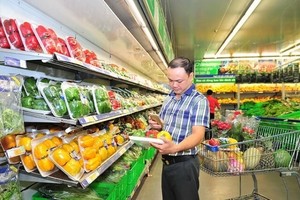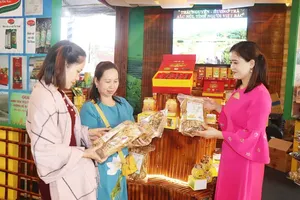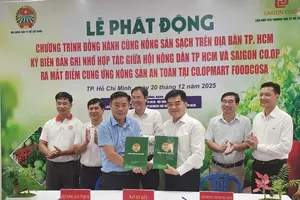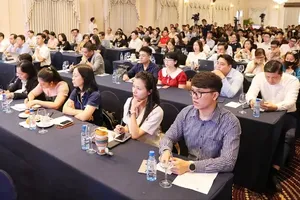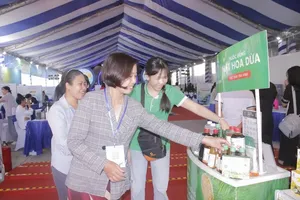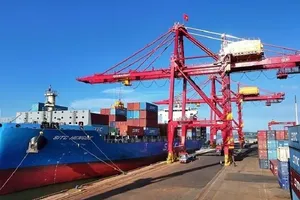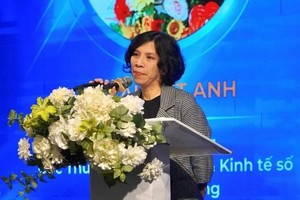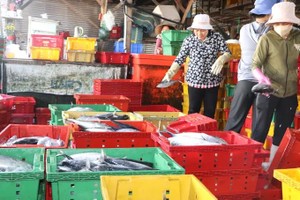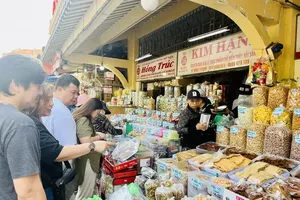Amidst the backdrop of a fierce trade war and escalating protectionism, the Ministry of Industry and Trade and the Ministry of Agriculture and Environment have articulated a long-term vision for Vietnam's agricultural, forestry and fishery products. This vision necessitates a strategic shift towards diversified export markets, underpinned by a commitment to enhanced product quality as a key enabler for exploring and capitalizing on new market opportunities.
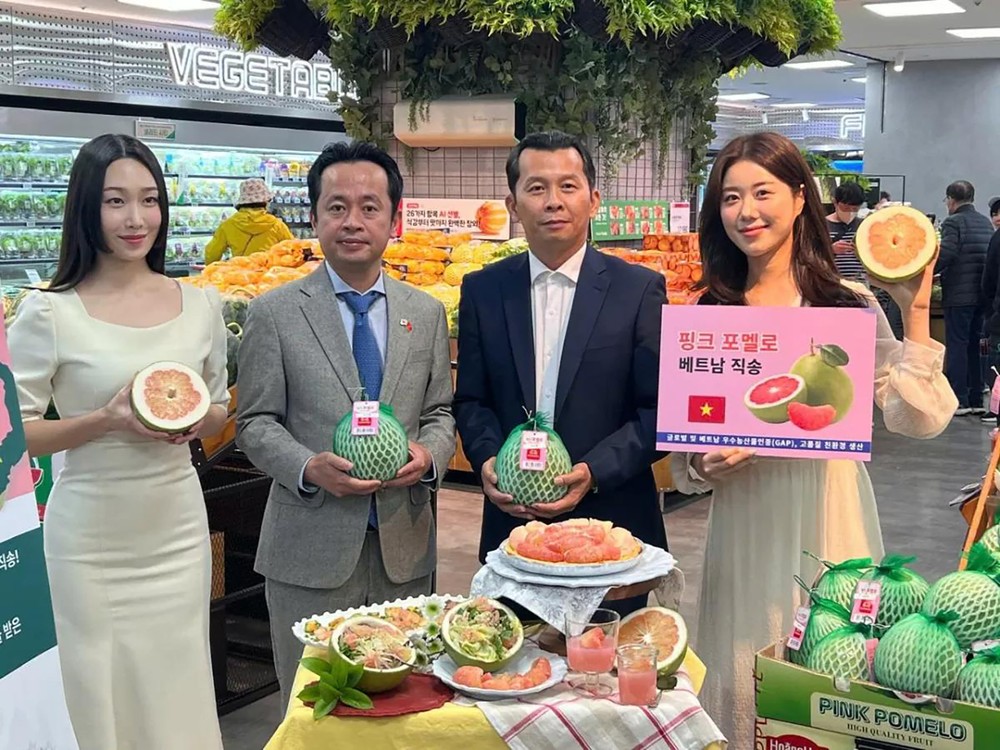
According to the Ministry of Agriculture and Environment, Vietnamese agricultural products cannot avoid negative impacts from changes in the supply chain and strict, unilateral tariff policies of major countries.
However, this also presents an opportunity for Vietnam to adjust its export strategy by targeting new and emerging markets. Southeast Asia, in particular, remains a promising destination for agricultural exports. In 2024, the Philippines emerged as Vietnam’s largest rice importer, purchasing approximately 3.6 million tons—equivalent to 40 percent of the country’s total rice exports.
The European Union (EU) has become Vietnam's third largest export partner since the Vietnam - EU Free Trade Agreement (EVFTA) took effect in August 2020. Vietnamese agricultural products such as rice, coffee and seafood have benefited from tariff incentives as committed, opening up many opportunities for Vietnamese products to enter this market. In 2024, Vietnam's total export turnover to the EU is estimated at US$51.7 billion, an increase of 18.5 percent compared to 2023.
Vietnamese agricultural exports, benefiting from tariff incentives and steady consumer demand, make a significant contribution. Furthermore, the superior quality and consumer appeal of Vietnamese rice, coffee, tropical fruits, and pepper have made Japan and South Korea attractive markets for these products.
Deputy Minister of Agriculture and Environment Phung Duc Tien said that in recent times, the ministry has continuously guided businesses on the importance of expanding the market in the Middle East and Muslim countries. This is a strategic direction following increasing demand for agricultural products in these countries, especially processed food products, fruits and seafood. The Deputy Minister emphasized that with the increasing demand for Halal food (food according to Islamic standards), Vietnam has every opportunity to increase export turnover, especially in the fields of seafood, rice and processed products.
Deputy Secretary General of the Vietnam Association of Seafood Exporters and Producers (VASEP) Nguyen Hoai Nam further noted that Vietnamese tuna and pangasius represent a significant share of the seafood imports within the Middle Eastern market.
A representative from the Ministry of Industry and Trade highlighted that beyond the Middle East and Islamic nations, significant opportunities and potential exist for Vietnamese agricultural products to penetrate other emerging markets such as Africa, India, and Latin America. These regions, characterized by large populations and increasing food consumption, present particularly promising prospects for processed foods, rice, seafood, and tropical fruits. Expanding on the Indian market, with its nearly 1.4 billion consumers, Vietnam's Trade Counselor in India Bui Trung Thuong noted the substantial demand for Vietnamese dragon fruit, an area yet to be fully capitalized on by Vietnamese enterprises.
In the context of the current fierce trade war and increasing protectionism, the Ministry of Industry and Trade noted that expanding exports to emerging markets will help Vietnam reduce its dependence on traditional markets such as China and the US, which are being affected by the trade war. Though these growing markets offer numerous opportunities, the country also faces significant challenges.
Deputy Director Ngo Xuan Nam of Vietnam Sanitary and Phytosanitary Notification Authority and Enquiry Point (SPS Vietnam) said that to effectively engage with markets in Japan, South Korea, and the European Union, domestic agricultural enterprises must strategically adapt their operations to meet the high quality standards and rigorous production processes stipulated by these regions, necessitating significant improvements in both areas.
Each emerging market presents distinct characteristics and challenges. For instance, the Middle East requires agricultural products to be Halal-certified, while African markets often contend with infrastructure limitations and political instability. In the case of India, despite high demand, strict quality standards and competitive pricing pose barriers, requiring Vietnamese businesses to adopt well-tailored market entry strategies.
While Latin American markets hold significant potential, they also pose strong competition from other exporting nations. Highlighting the growing demand for seafood in the Middle East—particularly in countries such as Israel, the UAE, Saudi Arabia, and Qatar—Mr. Nguyen Hoai Nam emphasized that successful market entry requires a focus on Halal certification, given the predominantly Muslim consumers in the region.
According to Deputy Director Nguyen Xuan Hoa of the National Authority for Agro-Forestry-Fishery Quality, shifting agricultural exports to new markets is not merely a reaction to trade war fluctuations but a strategic move to ensure the long-term sustainability of Vietnam’s agricultural sector. Emerging and established markets—including Southeast Asia, the European Union, Japan, South Korea, and the Middle East—offer promising opportunities. These markets enable Vietnam to not only maintain its role as a leading agricultural exporter but also enhance the sector’s value amid ongoing global market volatility.





